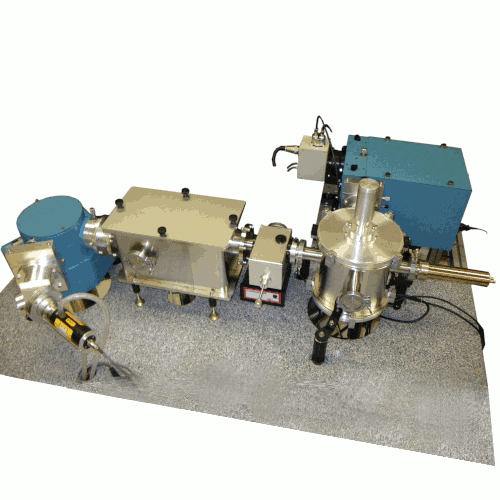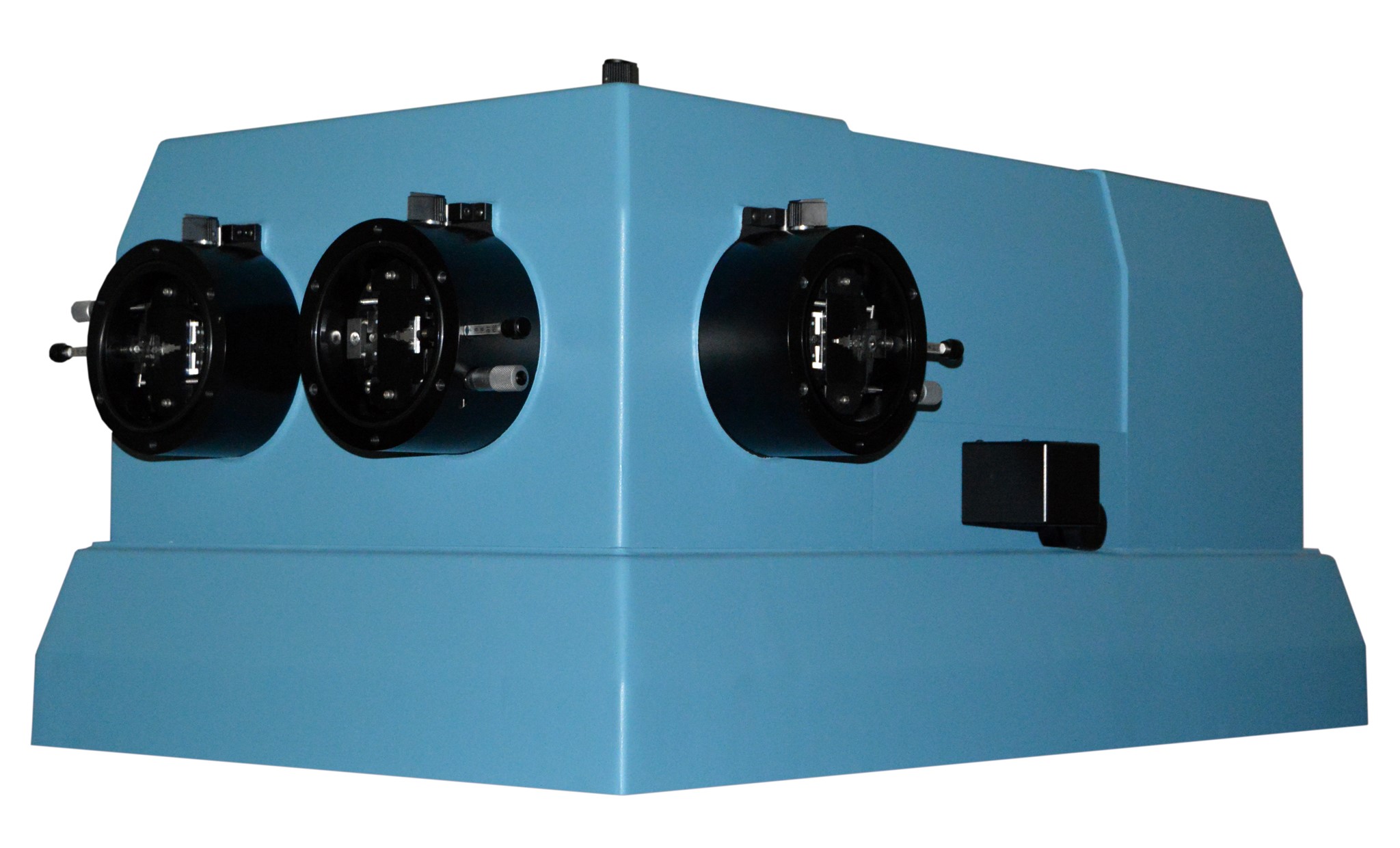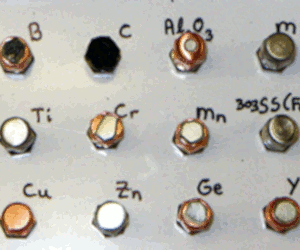The summer solstice just happened! About half of 2021 has zoomed right by. Everything is ‘opening’ here, and it is great. It also seems like a mixed message after a year spent avoiding everything. Through all of this, here in the rainbow mine, we diligently build spectrometers. Spectroscopy, or photonics if you prefer, is up and coming in almost every industry. Things do not yet feel normal, and also not very new, but it seems we will be very busy.
 Deep ultraviolet (DUV) wavelengths from 115~350 nanometers are emitted by the McPherson 30 watt deuterium lamp. It has a magnesium fluoride front window and adaptable vacuum mounting flange. It comes complete with source, power supply, cables and housing. The 634 light source is also available as a calibrated absolute radiance standard.
Deep ultraviolet (DUV) wavelengths from 115~350 nanometers are emitted by the McPherson 30 watt deuterium lamp. It has a magnesium fluoride front window and adaptable vacuum mounting flange. It comes complete with source, power supply, cables and housing. The 634 light source is also available as a calibrated absolute radiance standard.
 Vacuum Ultra-Violet Analytical Spectrophotometer (VUVAS, ‘voo-vaas’) measures in the 120~350 nanometer range. Easily check transmission and reflection with goniometric control of sample and detector angle. Use the McPherson VUV to measure coatings theta 2-theta and even diffraction grating efficiency. Service / sample measurements available - call today!
Vacuum Ultra-Violet Analytical Spectrophotometer (VUVAS, ‘voo-vaas’) measures in the 120~350 nanometer range. Easily check transmission and reflection with goniometric control of sample and detector angle. Use the McPherson VUV to measure coatings theta 2-theta and even diffraction grating efficiency. Service / sample measurements available - call today!
The ‘radial velocity method’ is an important technique for detecting exoplanets. Stars with companions, be they planets or other stars, move in response to the gravitational tug of their companion(s). A McPherson two meter 2062 with resolution about 2 pm in the UV, correlates to sensitivity on order 2 km/s radial velocity
 Do you need to collect weak signals in the Infrared? Or the UV? If a monochromator is expected to deliver the most light possible or to collect a weak signal, higher collection efficiency, faster f number, and optimized optics are essential. The McPherson 207 and 207V are ideal for signal limited experiments in the UV or the IR.
Do you need to collect weak signals in the Infrared? Or the UV? If a monochromator is expected to deliver the most light possible or to collect a weak signal, higher collection efficiency, faster f number, and optimized optics are essential. The McPherson 207 and 207V are ideal for signal limited experiments in the UV or the IR.
 XUV electron impact source from McPherson works well for wavelength calibration in the 1~20 nanometer region. The anode target materials are easy to exchange, tuning the emission energy, even while in vacuum. Popular accessories include collimation, focus optics and glancing angle monochromators for ultimate spectral purity.
XUV electron impact source from McPherson works well for wavelength calibration in the 1~20 nanometer region. The anode target materials are easy to exchange, tuning the emission energy, even while in vacuum. Popular accessories include collimation, focus optics and glancing angle monochromators for ultimate spectral purity.
Get in touch today to discuss your requirements!